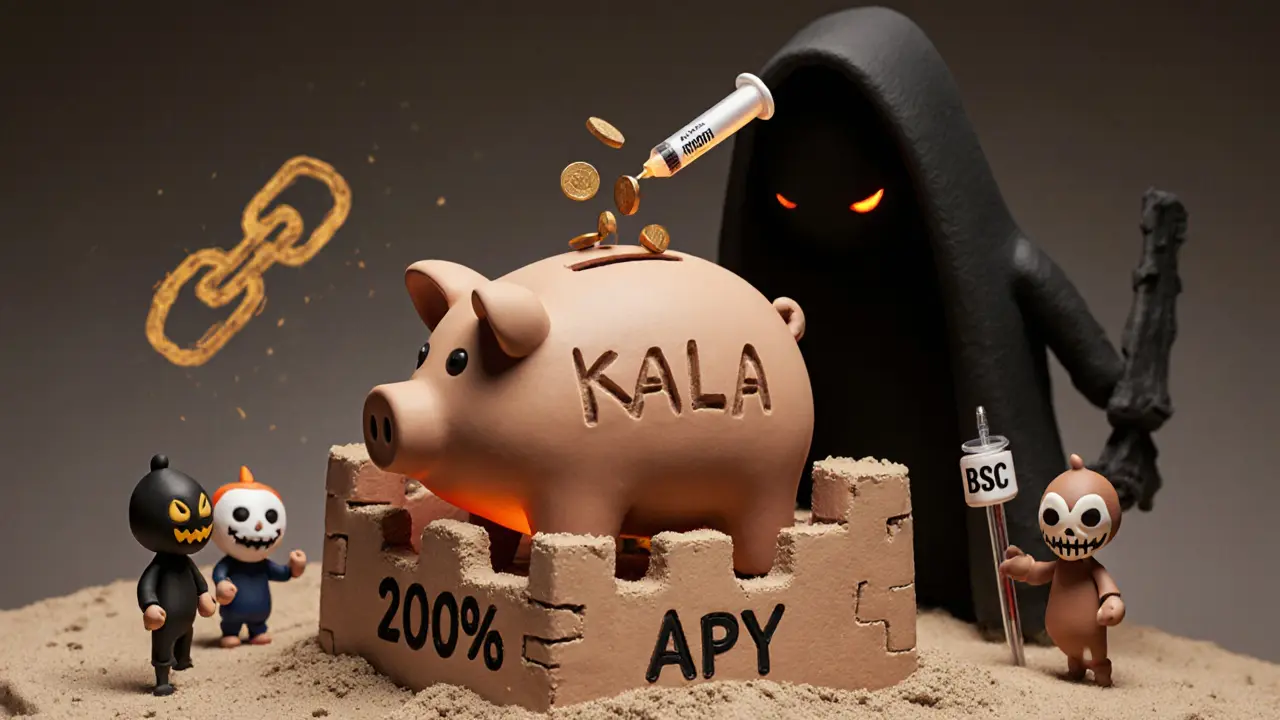Binance Smart Chain: What It Is, How It Works, and What You Need to Know
When you hear Binance Smart Chain, a blockchain network built by Binance to support fast, low-cost decentralized applications. Also known as BSC, it’s one of the most used blockchains for trading, lending, and earning crypto rewards. Unlike Ethereum, which can get slow and expensive during busy times, Binance Smart Chain was built to handle thousands of transactions per second with fees under a penny. That’s why so many DeFi platforms, NFT marketplaces, and crypto games choose it over other networks.
It runs on a consensus system called Proof of Staked Authority, a hybrid model where 21 validators, chosen by Binance and token holders, confirm transactions. This makes it faster than Bitcoin or Ethereum’s original setup, but it’s also more centralized. You’re trusting a small group of nodes — not thousands of random users — to keep the network running. That’s a trade-off: speed and low cost, but less decentralization. Many users don’t realize this until they get hit by a hack or a rug pull, which happens more often on BSC than on Ethereum because of how easy it is to launch a token here.
That’s why so many posts here focus on risky tokens and shady exchanges built on BSC. You’ll find reviews of platforms like Sphynx Labs and Levana Protocol — both built on BSC — that collapsed after their teams vanished or trading dried up. Other posts warn about fake airdrops, low-liquidity DEXs, and tokens with no audits. These aren’t random bad projects. They’re symptoms of how open BSC is. Anyone can deploy a smart contract in minutes, and most users don’t check if the code was reviewed by a third party. The same features that make BSC great for developers also make it a magnet for scams.
But it’s not all bad. If you know what you’re doing, BSC is still one of the best places to earn yield, swap tokens, or try new DeFi tools without paying $50 in gas fees. That’s why platforms like STON.fi and StellaSwap — though built for other chains — are often compared to BSC DEXs. And if you’re using Binance Exchange, linking your wallet to BSC makes moving funds between spot trading and DeFi a breeze.
What you’ll find below isn’t just a list of articles. It’s a practical guide to navigating the real world of BSC — the high rewards, the hidden risks, and the tools that actually work. You’ll learn how to spot unsafe contracts, why some tokens look cheap but are dangerous, and how to protect your funds when everything around you seems to be booming. This isn’t theory. It’s what people are losing — and sometimes making — right now on Binance Smart Chain.
Kalata Protocol Crypto Review: Is KALA a Safe DeFi Investment or a High-Risk Scam?
Kalata Protocol isn't a crypto exchange - it's a high-risk DeFi yield farm on Binance Smart Chain with no team, no audits, and shrinking liquidity. Here's why experts say to avoid it.
